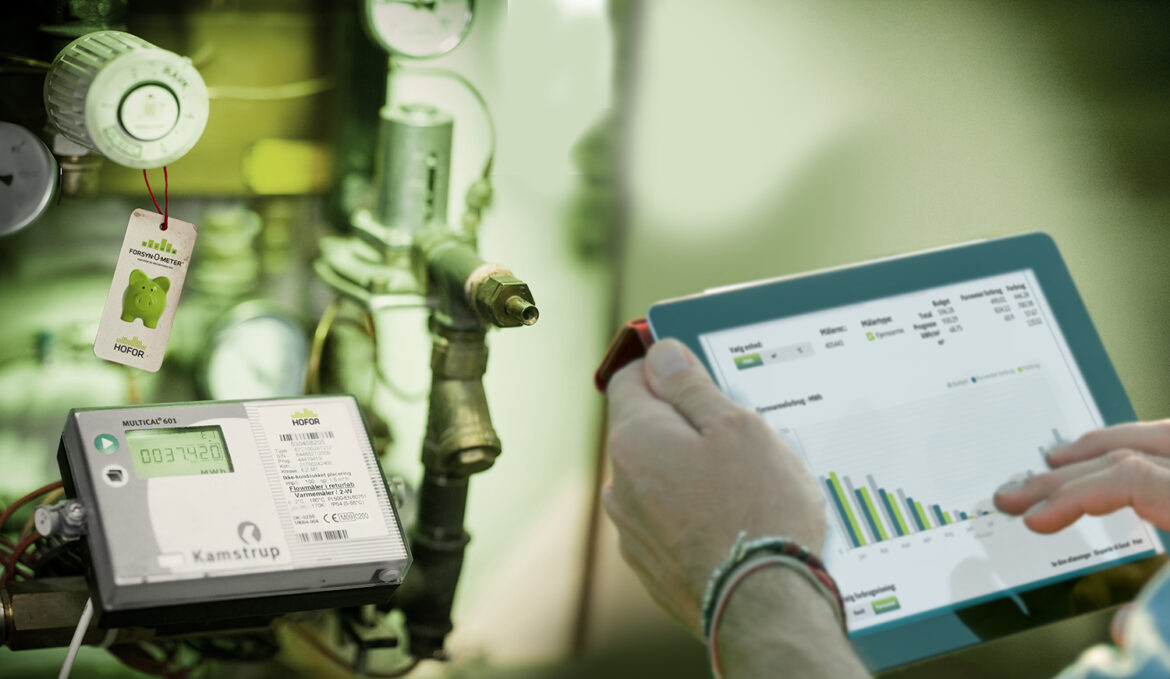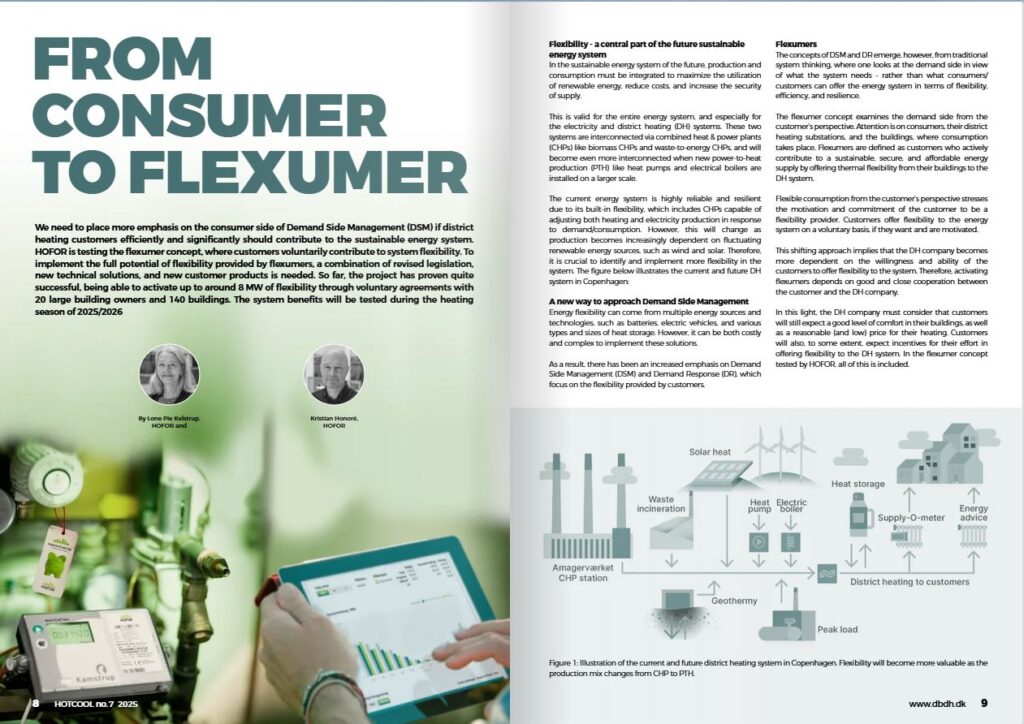We need to place more emphasis on the consumer side of Demand Side Management (DSM) if district heating customers efficiently and significantly should contribute to the sustainable energy system. HOFOR is testing the flexumer concept, where customers voluntarily contribute to system flexibility.
To implement the full potential of flexibility provided by flexumers, a combination of revised legislation, new technical solutions, and new customer products is needed. So far, the project has proven quite successful, being able to activate up to around 8 MW of flexibility through voluntary agreements with 20 large building owners and 140 buildings. The system benefits will be tested during the heating season of 2025/2026.
By Lone Pie Kelstrup and Kristian Honoré, HOFOR
Published in Hot Cool, edition no. 7/2025 | ISSN 0904 9681 |
Flexibility – a central part of the future sustainable energy system
In the sustainable energy system of the future, production and consumption must be integrated to maximize the utilization of renewable energy, reduce costs, and increase the security of supply.
This is valid for the entire energy system, and especially for the electricity and district heating (DH) systems. These two systems are interconnected via combined heat & power plants (CHPs) like biomass CHPs and waste-to-energy CHPs, and will become even more interconnected when new power-to-heat production (PTH) like heat pumps and electrical boilers are installed on a larger scale.
The current energy system is highly reliable and resilient due to its built-in flexibility, which includes CHPs capable of adjusting both heating and electricity production in response to demand/consumption. However, this will change as production becomes increasingly dependent on fluctuating renewable energy sources, such as wind and solar. Therefore, it is crucial to identify and implement more flexibility in the system. The figure below illustrates the current and future DH system in Copenhagen.
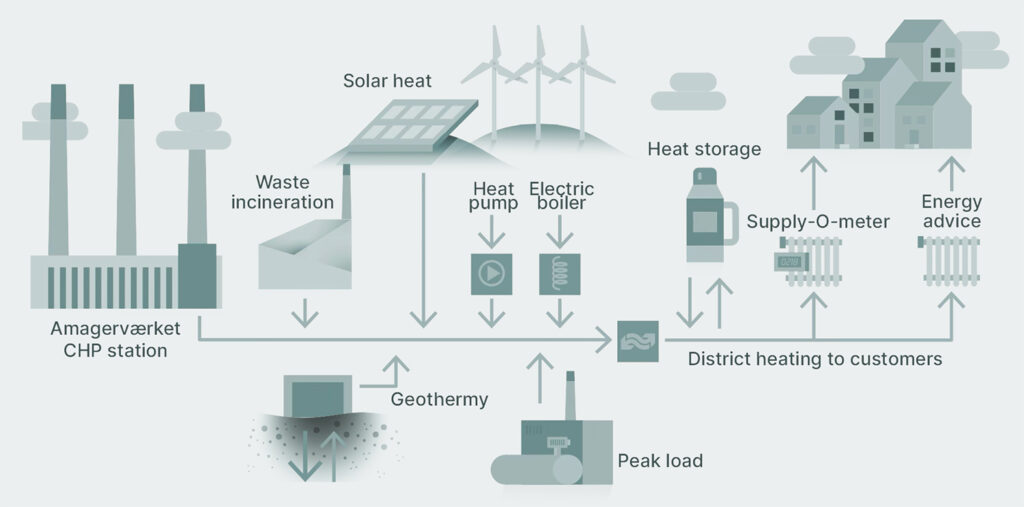
Figure 1: Illustration of the current and future district heating system in Copenhagen. Flexibility will become more valuable as the production mix changes from CHP to PTH.
A new way to approach Demand Side Management
Energy flexibility can come from multiple energy sources and technologies, such as batteries, electric vehicles, and various types and sizes of heat storage. However, it can be both costly and complex to implement these solutions.
As a result, there has been an increased emphasis on Demand Side Management (DSM) and Demand Response (DR), which focus on the flexibility provided by customers.
Flexumers
The concepts of DSM and DR emerge, however, from traditional system thinking, where one looks at the demand side in view of what the system needs – rather than what consumers/customers can offer the energy system in terms of flexibility, efficiency, and resilience.
The flexumer concept examines the demand side from the customer’s perspective. Attention is on consumers, their district heating substations, and the buildings, where consumption takes place. Flexumers are defined as customers who actively contribute to a sustainable, secure, and affordable energy supply by offering thermal flexibility from their buildings to the DH system.
Flexible consumption from the customer’s perspective stresses the motivation and commitment of the customer to be a flexibility provider. Customers offer flexibility to the energy system on a voluntary basis, if they want and are motivated.
This shifting approach implies that the DH company becomes more dependent on the willingness and ability of the customers to offer flexibility to the system. Therefore, activating flexumers depends on good and close cooperation between the customer and the DH company.
In this light, the DH company must consider that customers will still expect a good level of comfort in their buildings, as well as a reasonable (and low) price for their heating. Customers will also, to some extent, expect incentives for their effort in offering flexibility to the DH system. In the flexumer concept tested by HOFOR, all of this is included.
Flexumers can contribute significantly to district heating
Flexumers can support the DH system in all aspects of the fundamental balancing criteria for district heating utility services.
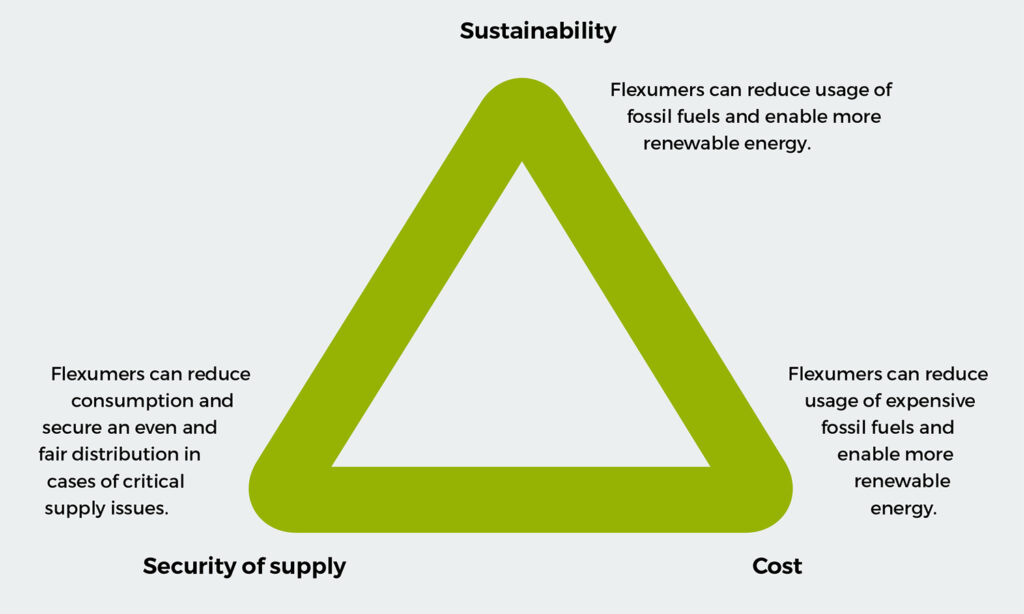
Figure 2: The fundamental DH utility criteria to stay relevant for customers and consumers are fully supported by flexumers.
Sustainability
The ability to flexibly respond to the demands of the energy system is vital for introducing and using more renewable energy sources. Flexibility can reduce consumption of fossil fuel usage by minimizing the need for short-term peak load heat production on fossil fuels, as well as supporting PTH production to mainly operate when electricity prices are low and based on renewable energy sources, and vice versa.
Security of supply (resilience)
Security of supply and resilience are even more relevant in Europe’s current tense security situation. The application of DSM is a method for managing and controlling energy demand to prioritize the security of supply. In DH, this is already implemented in large DH cities such as Stockholm and Helsinki as a prioritized part of their strategy to increase security of supply.
Here, the utility companies are allowed to override the control of customers’ DH substations in cases where the supply is challenged. Hence, they can distribute the available DH fairly and evenly among all customers, as well as prioritize critical customers such as hospitals and elderly homes.
Cost (affordability)
Fossil-fueled peak load boilers are also the most expensive production units in the DH system and must be phased out as soon as possible. PTH production is heavily dependent on electricity prices; therefore, even a few hours of flexibility can be very valuable in terms of cost for the energy system.
Being able to reduce short-term peak loads during the coldest hours of the coldest day(s) will also contribute to a reduced need, thereby decreasing investments in peak load facilities.
Digitalization of district heating substations
There are a few significant enablers for realizing the flexumer concept. These are well-managed energy-efficient buildings and online DH substations. With online DH substations, additional benefits can be realized in the buildings, such as:
- 3-5% energy savings due to access to online predictive control utilizing weather forecasts.
- Better operation and maintenance, resulting in lower supply and return temperatures.
- Fewer and more dedicated installer visits.
- Introduction of new energy-efficient products and services
The increased digitalization of DH substations must, of course, not compromise the security of supply at either the customer’s or the DH company’s end. Furthermore, customers should also ensure the safe and reliable operation of their district substations in the event of an offline scenario.
How to introduce flexumers to district heating systems?
Activating flexibility through the override of customers’ substations can be achieved in various ways, depending on the specific national legislation. In Sweden, it is done by requiring access to the substation via legislation and/or “technical terms of delivery”.
In Denmark, the legislation does not allow this approach. Here, flexumers can only be activated through voluntary agreements between the DH company and the customers. Incentives such as a reduced fixed tariff or availability compensation for customers could be used for recruiting flexumers, but this also depends on local legislation.
HOFOR is currently testing the flexumer approach in a proof-of-concept (POC) project carried out in cooperation with a private company. The private company provides individual building flexibility through a specific building control/management system. It also delivers the centralized aggregator platform of flexibility from all the buildings, as illustrated in the figure below:
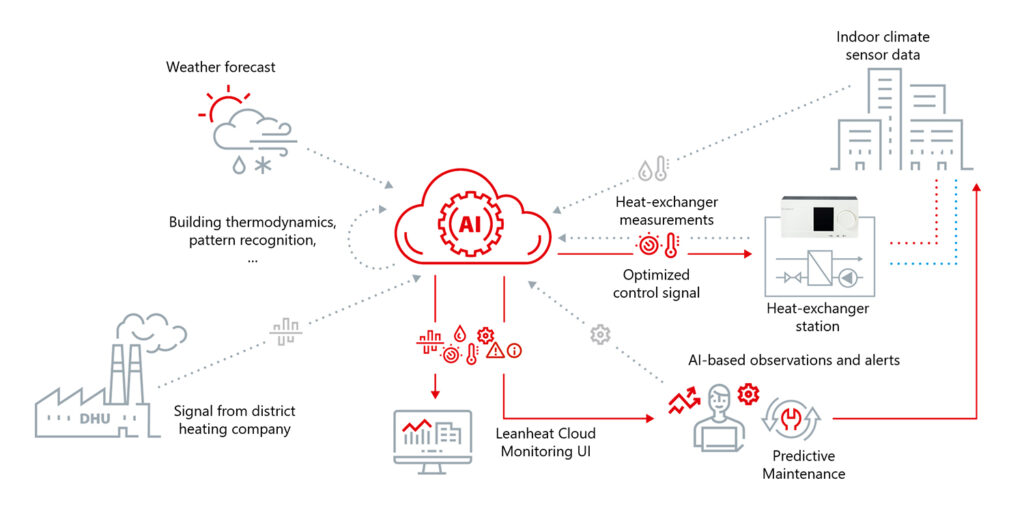
Figure 3: Detailed illustration of the concept for bringing thermal flexibility in buildings into the detailed production planning at HOFOR. Source: Danfoss Leanheat
So far, the project has proven quite successful, being able to activate up to around 8 MW of flexibility through voluntary agreements with 20 large building owners and 140 buildings. The system benefits will be tested during the heating season of 2025/2026.
Additionally, the benefits for the customers are already promising. As part of the initial project activities, they have, on average, realized a 5 % energy savings since the beginning of 2025 by accessing an online predictive control system for their district heating substations, utilizing weather forecasts as part of the POC.
Customers are eager to contribute to a sustainable energy system of the future.
The experience so far is that HOFOR’s customers are very positive and interested in engaging in voluntary agreements to become flexumers. However, they request it to be easy to implement and adapt, and here, unfortunately, the POC project, in its current setup, has certain impediments for customers.
One constraint is that there is a limited number of providers of building controls/management systems that can control, release, and aggregate thermal flexibility in buildings; therefore, only a part of Copenhagen’s building owners can participate.
HOFOR will, in a future EU project, motivate new control/management system providers to develop their products so that they can offer aggregated flexibility to the DH system. Another constraint is that Danish legislation requires voluntary agreements to be made twice – once with the private company and once with HOFOR. Obviously, this poses a degree of hazzle to customers/consumers.
To conclude
Flexibility provided by the demand side is essential for the future sustainable energy system. To fully activate the demand-side flexibility potential, a new approach is needed. This approach is entailed in the flexumer concept. The concept helps to understand and motivate the consumer side of the energy system – and by doing so, more efficiently include them as energy-conscious ambassadors. A brief definition – in context – could be:
Consumers = end users of energy
Flexumers = flexible and conscious consumers of energy
Prosumers = consumers, flexumers, and producers of energy
The coming decade will be crucial for developing the sustainable energy system. In Copenhagen, this will be achieved by introducing PTH production with heat pumps and electric boilers in combination with low-temperature DH. From this perspective, flexumers could be an important enabler, as they both increase energy efficiency and provide flexibility. Flexumers could be key to realizing the sustainable, resilient, and affordable DH and energy system of the future.
However, for the full potential of flexumers to be realized, it should be easy for customers to adapt. In a Danish context, this requires a combination of revised framework conditions, new technical solutions, and new ways to engage customers.
For further information, please contact: KRIH@HOFOR.dk
Facts about HOFOR
- HOFOR celebrates 100 years anniversary in 2025
- Non-profit Company
According to Danish Heat Supply Act - Operated as a shareholding company
All shares owned by the Municipality of Copenhagen - Distribution company
Denmark’s largest. 1.500 km pipes. Supply directly to customers in Copenhagen. 150 employees - Share of renewables 85% (2024)
Primarily biomass and waste. Electrification and low temperature strategies approved - Annual sales 4.000 GWh (2024)
To 650.000 customers. To 35.000 installations. 60% of sales to multi-family buildings. 98% of all heating - Customer ownership of substations
HOFOR can in a limited scope offer energy consultancy. Substations equipped with heat exchangers for heating and tanks for domestic hot water
“From Consumers to Flexumers” was published in Hot Cool, edition no. 7/2025. You can download the article here:
Did you find this article useful?
Subscribe to the HOT|COOL newsletters for free and get insightful articles on a variety of topics delivered to your inbox twice a month!
